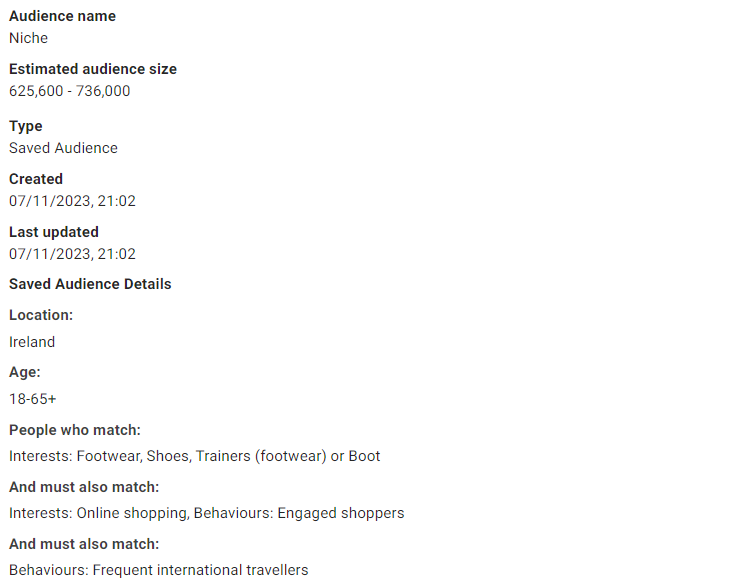Top 5 strategies that can boost your paid marketing results
In today’s digital landscape, paid marketing strategies are very crucial for businesses that want to enhance their revenue stream and expand their customer base. Brands must strategically run their paid marketing campaigns and optimize them through data collection, analyzing and then generating actionable insights which can later be worked on to optimize the campaigns. In this blog we will explore various effective strategies that can harness the potential of Google ads and Social Media advertising to boost revenue growth. In this blog we will be focusing on below mentioned strategies:
- Audience selection
- A/B Testing
- Landing Page Optimization
- Effective Budget Management
- Performance Tracking
Audience selection (Broad vs Niche)
In paid marketing, audience selection is one of most important factors in determining the success of paid campaigns. Choosing between broad and niche audience strategy involves finding the right balance. Broad targeting casts a wide net, reaching a large number of users, but the conversion rate is often low for the broad targeting. Niche audience on the other hand, focuses on a specific and highly relevant audience. This approach tends to yield a higher conversion rate but can limit your campaign reach and the budget might not get spent at full potential.
For example, a brand that wants to promote their business setup service, then the niche keywords would be “business setup service”, “business setup agency”, “company formation service” and so on, where as the broad keywords would be, “how to setup business”, “company formation guide” and so on.
The choice between broad and niche audience depends on campaign objective, budget and nature of products or services. Striking the right balance is the key to a successful paid marketing campaign.

A/B Testing

Landing Page Optimization

Effective Budget Management/Media Planning
Effective budget management in digital marketing is basically allocating and monitoring financial resources to optimize campaign performance and achieve strategic goals. It involves carefully planning the budget allocation on various channels, objectives, audiences and ads. This allows businesses to achieve better cost efficiency, maximize returns and adapt to changing market conditions, ultimately leading to improved campaign performance and ROI.
For example, I was once running a lead generation campaign of Facebook and Instagram and I was doing an A/B testing between static and video ad creative. I observed that the cost per lead for a video ad was 200% less than that of a static ad, hence I paused the static ad and shifted my entire budget on the video ad.

Performance Tracking

